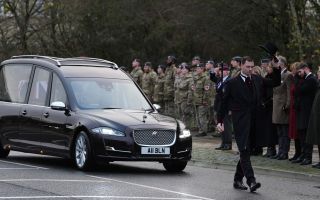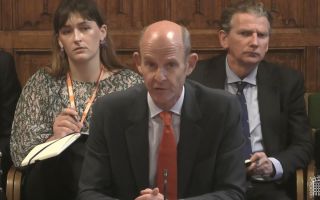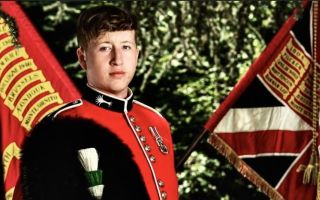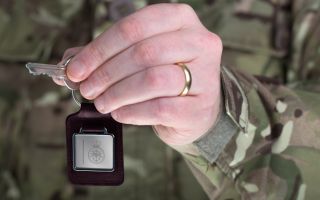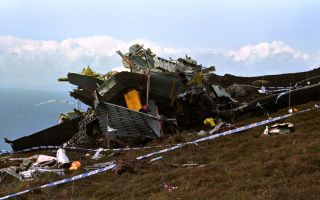
Nosedive RAF Pilot Found Not Guilty On Three Charges

The pilot of an RAF Voyager that plummeted thousands of feet in a matter of seconds while en route to Afghanistan has been found not guilty on three charges.
Flight Lieutenant Andrew Townshend was charged with two counts of perjury and one of making a false record.
The Voyager departed RAF Brize Norton for Camp Bastion with 189 passengers on board, in February 2014.
Four hours into the journey, the plane went into a nosedive over the Black Sea and plummeted 4,400ft in 27 seconds.
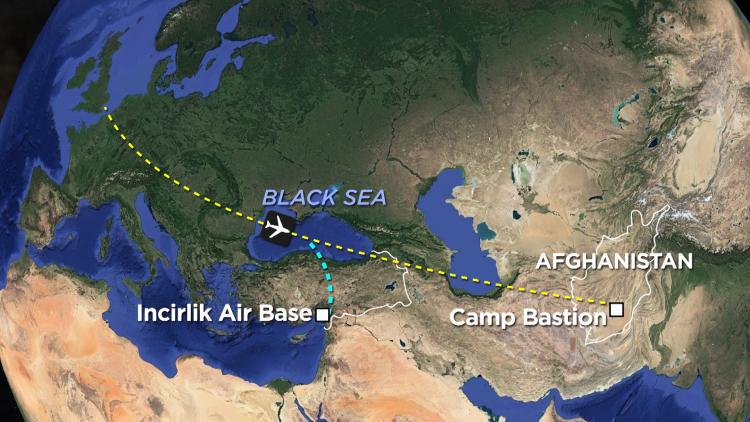
According to Nigel Lickley QC, "the descent was unannounced so passengers experienced weightlessness. They were thrown to the ceiling and thought they were going to die."
Following the incident, the RAF grounded all operations with its brand-new transport aircraft for 12 days while an investigation was carried out, which caused delays getting troops to Afghanistan.
Flight Lieutenant Andrew Townshend, who has served with the RAF for 30 years and completed 5,500 flying hours, was alone in the cockpit after his co-pilot went for a cup of tea.
He was using his camera to take photographs of other aircraft.
The Nikon DSLR camera became wedged with the plane's controls when Flt Lt Townshend inadvertently moved his seat forward, a court martial heard. Former RAF Voyager engineer, John Sneller, says;
"The armrest caught the back of the camera and pushed the camera and side arm controller forward which caused a sudden change in altitude of the aircraft."
When the side-stick was pushed forward it disengaged the auto-pilot and caused the plane to nosedive.
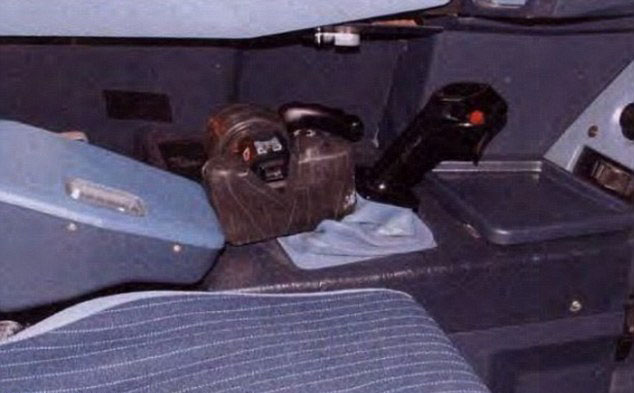
Flt Lt Townshend was unable to regain control of the aircraft and according to former RAF Hercules pilot, David Learmount;
"It may well be the pilot didn't realise there was a physical obstruction, so kept pulling back."
Co-pilot, Flight Lieutenant Nathan Jones, endured negative g-force to crawl along the ceiling to enter the cockpit.
He eventually managed to recover the plane by pressing a button on his side-stick which gave him control over the aircraft. The incident report said,
"As the aircraft pitched up, there were simultaneous side-stick inputs by both pilots."
During the nosedive, Flt Lt Townshend repeatedly swore and later announced to the military personnel on board that he "was not sure" what caused it.
The flight was then diverted to Incirlik Airbase in southern Turkey.
Flt Lt Townshend allegedly lied in both a technical log and service inquiry, claiming the incident had been caused by a technical fault.
He also later deleted the 28 photographs he had taken from the cockpit shortly before the incident, it is alleged.
The court heard 14 passengers were so badly hurt they were unable to fly back to the UK.
Flt Lt Nathan Jones, the co-pilot, suffered a cut to the head, a fractured back, a prolapsed disc and nerve damage.
The court martial heard Flt Lt Jones was subsequently medically downgraded and so severely hurt by the incident that he competed in Prince Harry's Invictus Games in 2016.
An MoD spokesperson said:
"Our thoughts go out to all those on board the Voyager who were affected by what was a highly distressing experience. The MoD is grateful for the court's thorough consideration of the facts in this matter, lessons have been identified from this incident and training and procedures amended accordingly.


